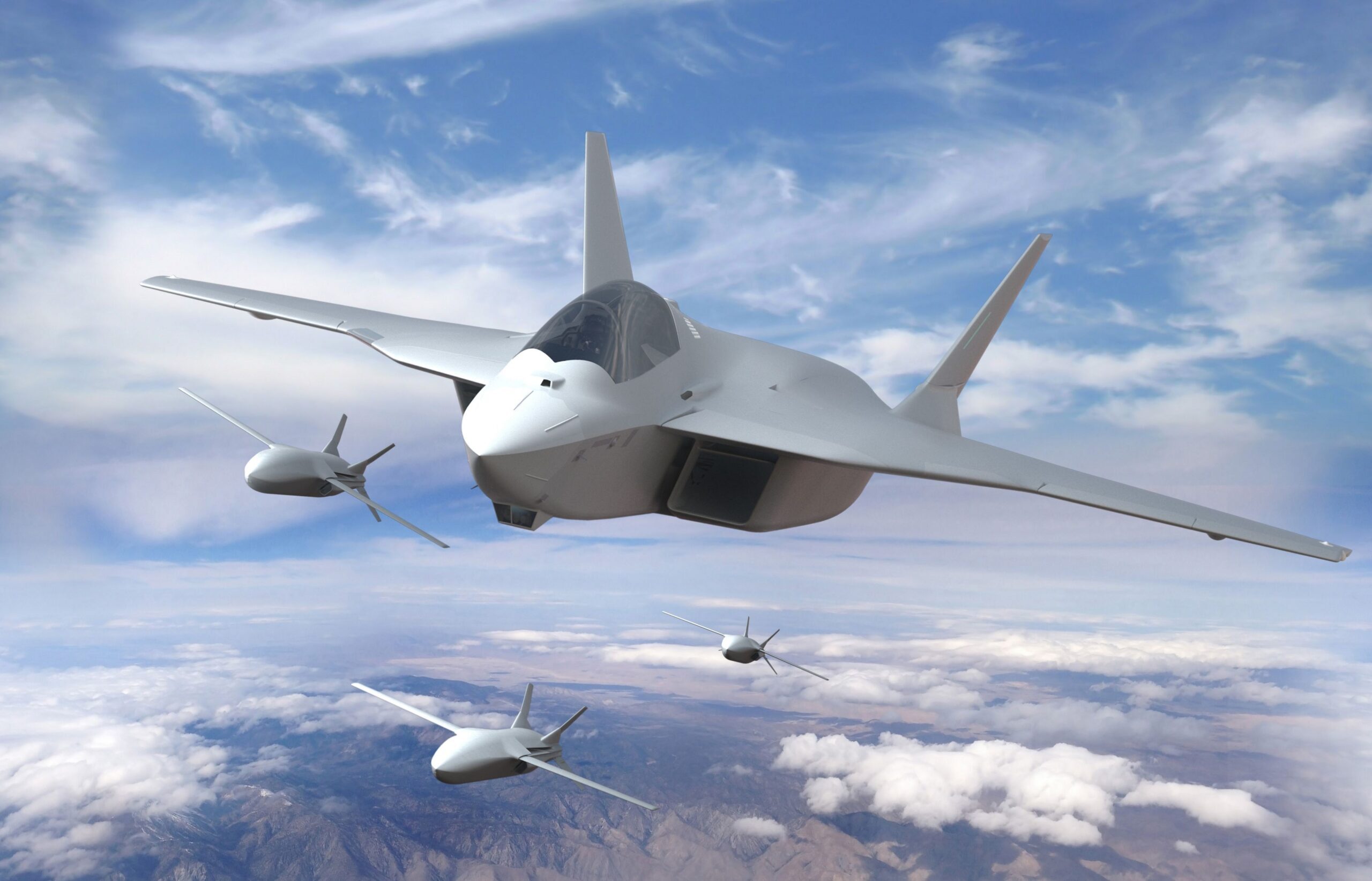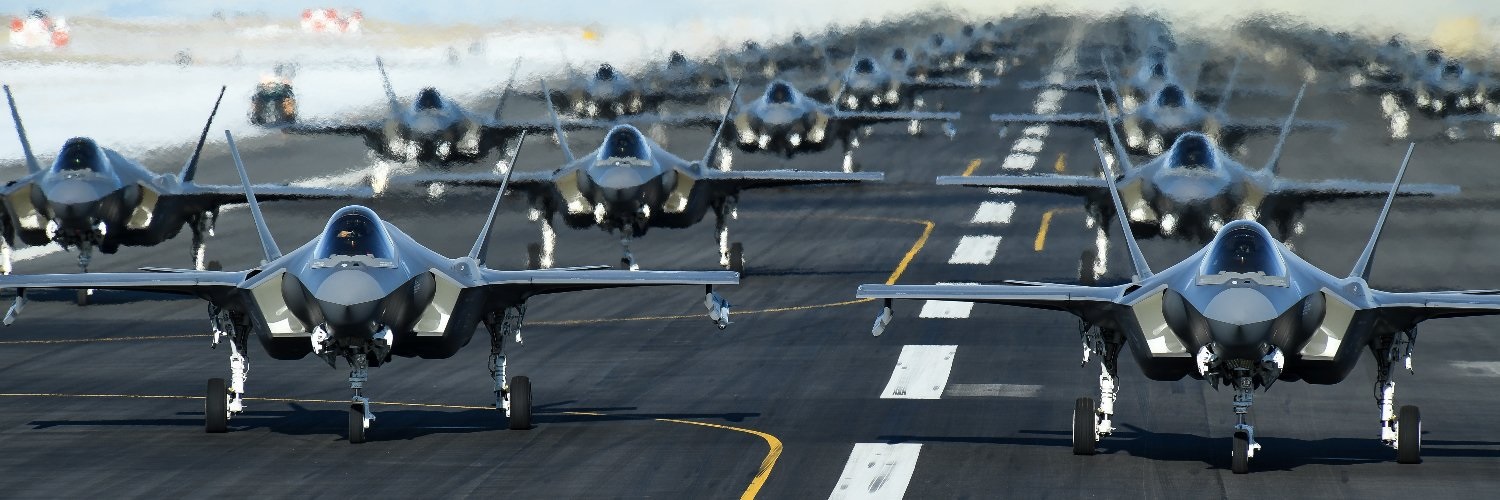Spanish Ministry of Defense denies interest in the F-35
A Defense Ministry spokeswoman clarified that Spain has no plans to buy F-35 fighter jets from the United States and remains committed to the European FCAS fighter program.
Last Thursday, information had surfaced that Spain would be interested in acquiring 50 F-35 from Lockheed Martin, of which 25 planes would be the F-35A version for the Air Force and the remaining 25 for the Navy. According to the Janes portal, the selection of the F-35 would be scheduled for 2025 and deliveries should begin approximately in 2027.
However, Reuters was told by the Ministry of Defense that Spain is fully committed to the Franco-German-Spanish FCAS fighter jet project.
«The Spanish government has no budget to enter into any other aircraft project besides the one already underway. We ruled out entering the F35 project. Our investment commitment is in the FCAS,» said the Defense Ministry spokeswoman.
These statements should seek to reassure the other two partners in the FCAS program, Germany and France, which until recently had a very tense relationship due to differences in the distribution of industrial participation and access to intellectual property. The situation could have escalated to the point of breaking up the program, but the industry and then the governments were able to come to an agreement and continuity until the next phase of the program has been guaranteed.

On the other hand, Airbus has already submitted a proposal for the replacement of the EF-18 Hornet of the 46th Air Force Wing based in Gran Canaria island. Under the name Proyecto Halcón (Project Hawk), the offer would be for about 20 Eurofighter Typhoon tranche 3+ or 4, for 2 billion Euros. If a primarily European solution is chosen, the F-35 would not have much place in the Air Force’s near future, with the older EF-18s being replaced by Typhoon and then both models being replaced by the FCAS.
It is the Navy that really has no option for the replacement of its AV-8B Harrier II/II+ (currently operating from the amphibious assault ship Juan Carlos I) to the F-35B; as there are no other STOVL aircraft currently in production in the world.
It is likely that within a few years, the acquisition of a dozen or more of these aircraft will be announced. Because the alternative would be the loss of the fighter and attack component of the Spanish Navy, which would mean a serious loss of capabilities for the institution, which in the future would be very difficult to recover.

/https://aviacionlinecdn.eleco.com.ar/media/2020/12/F-35A-Australia-e1611241535439.jpg)


Para comentar, debés estar registradoPor favor, iniciá sesión